How to wash polyurethane foam from hands › › › How to wash polyurethane foam from hands
Mounting foam is indispensable in the construction industry, now the same popular euro windows, new doors that are installed using foam. Also, building foam is an excellent heat insulator.
It is easy to work with it, with the help of a special "pistol" the foam penetrates into hard-to-reach cavities and after a few hours, under the influence of moisture, it hardens and turns into a dense mass.
Here are the main properties of building foam, due to which it does not lose its popularity:
· Soundproofing;
· Thermal insulation;
· Sealant;
Installation (fastens separate parts into a single whole).
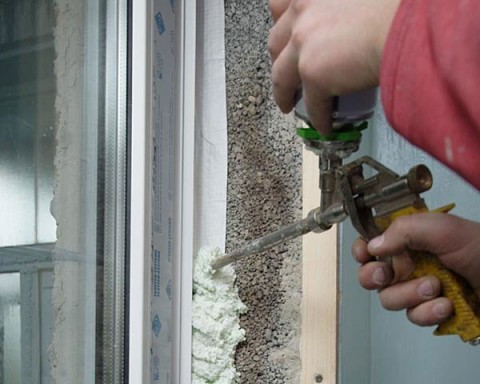
However, with all its positive qualities, in case of inaccurate work and foam getting on the skin, clothes or doors, it is very difficult to wash it. What to do in this case?
How to wash dried mounting foam?
If you remove the foam while it has not yet had time to harden - there are no problems, it is easily removed. But what to do if she has already frozen ...
If the foam has hardened, then the easiest way is to cut off the excess and scrape it off with any sharp object.
This option is suitable if after that the surface will be covered with a protective layer and it will not be visible.
Now consider the options for building foam to get on other surfaces, including hands.
How to wipe mounting foam from hands?
If the mounting foam gets on your hands, you don’t have to worry much, as you usually immediately notice that the foam has got on the skin and the uncured foam is much easier to remove.
Keep in mind that if building foam gets on your skin, you need to do everything quickly, otherwise you will have to wait until the foam falls off by itself.
· Try to wipe off the foam with a tissue.
· Using benzine, acetone or cleansing, try to dissolve the foam on the skin, you can even use a regular nail polish remover.
· If the above solvents did not help, then take a basin, pour hot water into it and add salt.
Dip your hand with foam in water and steam for about 5 minutes, then try to rub it off using a pumice stone or washcloth.
Soapy water also helps, after steaming the skin, lather it thoroughly and proceed with the treatment with a pumice stone or washcloth.
Take vegetable oil, warm it up to the temperature of your hands (or a little more) and rub it into the skin. Then pour washing powder on the skin and rub the skin with it until the foam is completely removed.
There is a slightly different option - just lubricate the skin with oil and leave for 20 minutes, then rinse with hot water, the mounting foam will easily come off the skin.
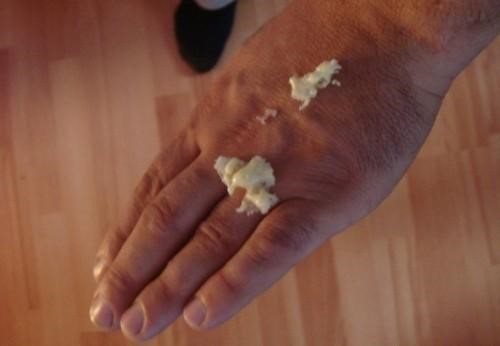
How to wash mounting foam from clothes?
To save clothes you will need:
· Purifier;
Sponge and rag;
Knife or scraper;
· Nail polish remover;
Solvents (gasoline, acetone);
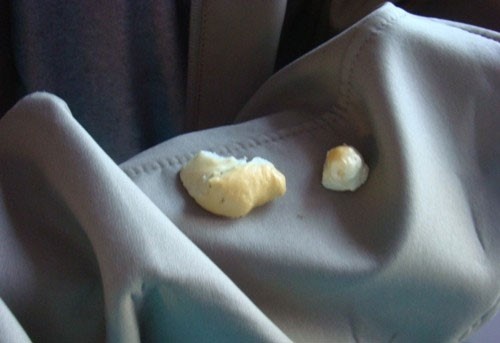
First of all, you need to moisten an inconspicuous piece of cloth with a solvent and look at the reaction of the tissue. If everything is normal, proceed to remove the foam.
1. There is a special cleaner that is offered along with the purchase of polyurethane foam, with which you can easily clean clothes.
You just need to apply the cleaner on the stain, hold the number of minutes indicated on the package and collect the remaining foam with a rag or washcloth.
If once was not enough to completely remove the foam from the fabric, repeat the procedure.
2. If the previous procedure was more gentle on clothes, then this one is less gentle.
3. If we do not have a special solvent available, then any others will do. Nail polish remover is the safest for clothes,
4. And use acetone and gasoline with great care, as the dissolved foam will be absorbed into the fabric. The method of application is the same as with a special solvent.
5. You can not smear (wash with a rag) a fresh stain, so you rub it more into the fabric, and do not remove it.
How to clean mounting foam from a door
For this you need:
· Metal brush;
Sharp object (scraper);
· Gloves, eye mask;
· Special solvent for foam cleaning;
· Napkins;
Acetone.
Using a wire brush, remove the foam from the surface, but be careful not to scratch the surface.
Wearing a face mask and gloves, remove the foam with a cleanser.
If there is little foam, use a blade, not a knife.
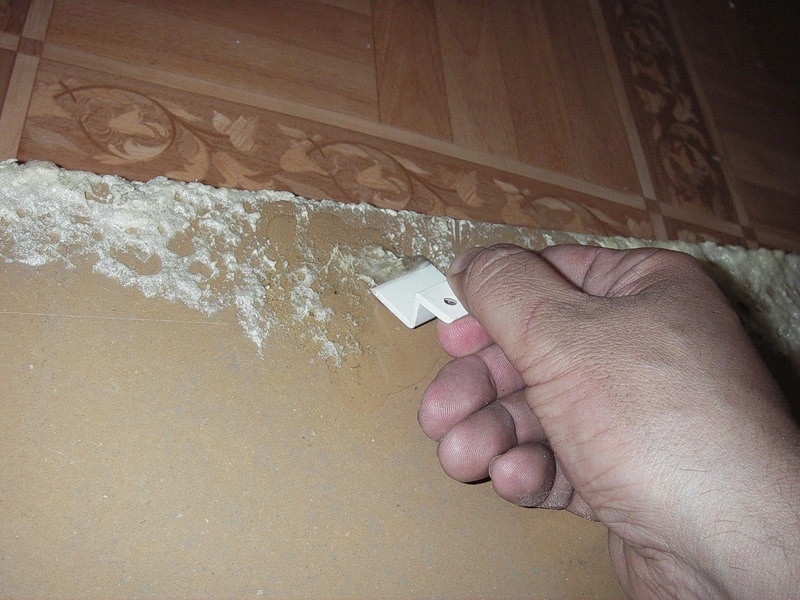
If the surface is painted or, even worse, varnished, carefully treat with a solvent, as the cleaner can dissolve the varnish and paint in addition to the foam.
To do this, first test the substance on an inconspicuous piece of the door, and then on the foam.
Remove the foam that has not yet hardened with acetone, but keep in mind if it damages the surface of the plastic door as well (but it’s better to do a “test” of acetone in an inconspicuous area)
If you cover the door with paint or other protective coating on top and this layer is not important to you, then remove most of it with a knife, and then with a brush or scraper.
How to remove mounting foam from clothes
What I want to say about this, first of all, when repairing and blowing out cracks with foam, use exactly the clothes that you won’t be sorry to say goodbye to if it gets dirty.
If you have not thought through this part and dressed the “beloved” that you would still like to vilify, then you need to clean it.
Take a knife in your hands and remove the part of the foam that can be removed without harming the fabric itself (that is, cut almost above the surface).
Then using the solvents you have (although it is better to buy a special one for foam and gentle on other surfaces).
Then, using the agent of your choice, do a test on the fabric (on a lining or in an inconspicuous place, drop the solution and look at the reaction of the fabric) if everything is fine, then proceed to treat the stain.
Treat the stain itself and then gently remove the dissolved foam with a rag or napkin (without rubbing into the fabric).
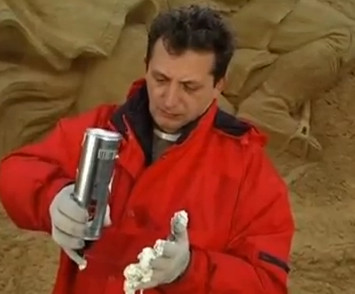
Send the cleaned fabric to the wash (the sooner the better), as the solvent continues to act on the fabric itself and must be removed.
And although, before blowing something with foam, prepare a special fabric that you don’t feel sorry for, protect your hands by putting on gloves and covering the nearest surfaces with a film.
So you not only save yourself from unnecessary nerves and unnecessary problems.
